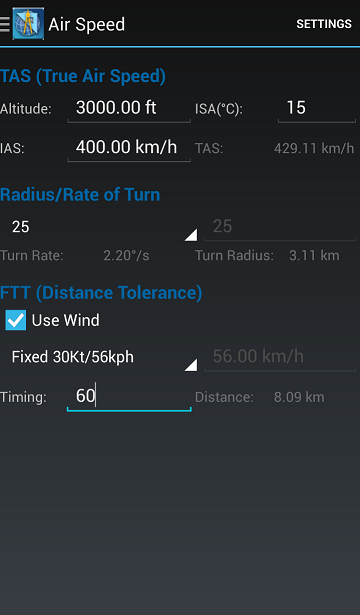
Throw in a time factor using True Airspeed (TAS) expressed in NM per MIN and we can relate this pitch change to a change in VSI.
#Which air navigation uses calculations of speed and time how to
We now know how to calculate the altitude gained or lost for each degree of pitch change over a given distance.1° = 100 FT at 1 NM (1° climb or descent gradient results in 100 FT/NM).1° = 1 NM at 60 NM (60 NM from the station, there is 1 NM between each radial).Find out what your turn radius is at cruise airspeed up high and at approach airspeed down lower find out what a 1° pitch change will do to your VVI and remember those numbers.You need to use the formulas before you fly.The 60-to-1 rule gives us a mathematical equation to help you figure out all these questions, but it is almost impossible to run these calculations and fly at the same time.It is an alternative to the TLAR (That Looks About Right) method of flying.It reduces the pilot's workload and increases efficiency by requiring fewer changes and less guesswork.It allows the pilot to compute the pitch changes necessary when establishing an attitude during the control and performance concept of attitude instrument flying.The 60 to 1 rule is is a technique for establishing predictable pitch changes for climbs or descents and lead points for intercepting courses or arcs.


Pressure altitude corrected for non-standard temperature.Notice this table is more designed for Celsius to Fahrenheit but we still come out just over 21☌.

Find the temperature you need and read across the appropriate column.In this example it comes out to be roughly 22☌.Move down and read the temperature off of the bottom.Move across until you hit the reference line.Start at your initial temperature on the Fahrenheit scale.is used to operating on the Fahrenheit scale for day to day life but aviation standard is Celsius

Temperature Conversion Table Temperature Conversion: Using the widely accepted WGS84 ellipsoid model, this averages a nautical mile to 6,076 feet (1,852 meters), or 1.15 statute miles


 0 kommentar(er)
0 kommentar(er)
